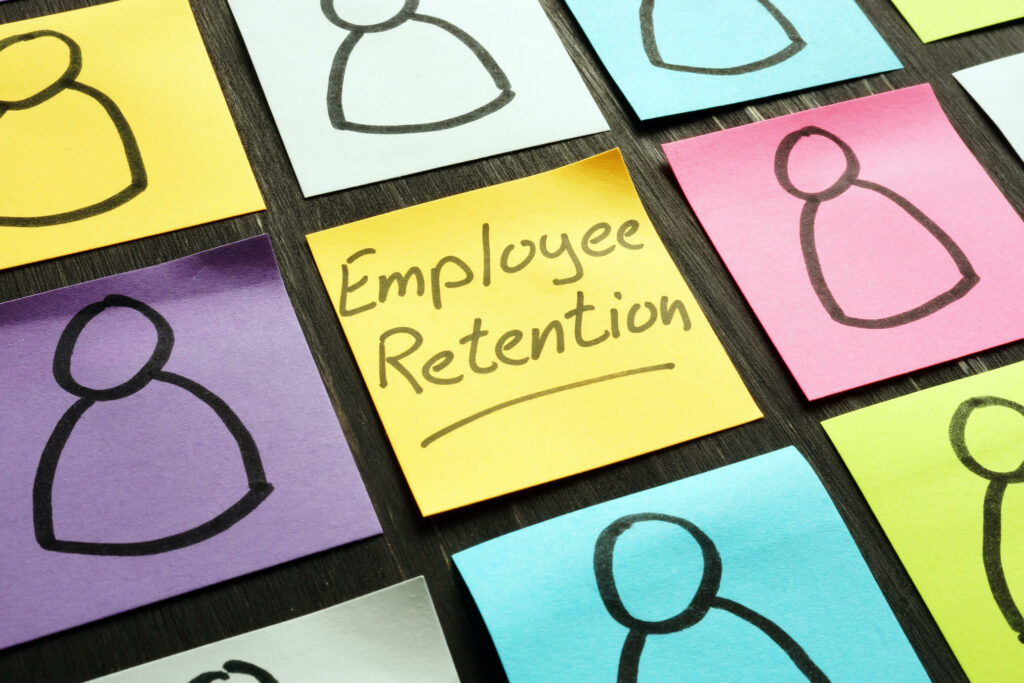Employee turnover is a costly and time-consuming process that can have a negative impact on your business. In order to keep your best employees and minimize the time and resources you need to replace them, it’s important to have a retention strategy in place.
One of the most effective ways to achieve this is by implementing a learning management system (LMS). In this post, we’ll show you how to implement successful LMS for employee retention. But before that, let’s understand why you need to retain your employees.
Why is it Important to Retain Employees?
The main reason to retain employees is that it costs your business money in the form of lost productivity and lowers morale. Retaining good employees can also help you avoid costly legal issues, as they are more likely to report any problems or misconduct that they encounter.
Furthermore, retaining talented personnel can help your company stay ahead of its rivals by developing new and innovative products or services faster.
Finally, keeping experienced employees on staff can help your business build a strong reputation and attract new customers.
Why Implement an LMS for Employee Retention?
There are numerous reasons why you should consider implementing an LMS for your company’s employee retention.
- Company Culture
One of the most important factors when it comes to retaining employees is ensuring that they feel a sense of continuity with their work and that the company culture is supportive.
Implementing an LMS can help you track employee performance data, create course outlines and modules, keep track of attendance records, etc., all of which can help to build a positive corporate culture and encourage your best employees to stay with you.
- Tracking Employee Progress
What’s more effective than motivating employees through individual awards or bonuses?
By using an LMS system, you can easily collate employee progress data in order to measure and track employees’ levels of attainment. This can help to motivate employees and keep them on their toes while also helping you identify areas that need improvement.
- Know Who is Learning What
If you want to ensure that your employees are up to date with the changes happening within your company, an LMS provides a great way to do this.
By tracking employee learning outcomes and achievements, you can make sure that everyone in your organization is benefiting from the training and development opportunities available.
- Increased Employee Efficiency & Productivity
An effective LMS system will allow you to manage employee communication, timelines, and workflow more effectively. This means that employees will be able to complete their tasks faster and with less hassle, leading to increased productivity levels.
Check Out: Building A HR Department For Your SME
- Reducing Paperwork & Overhead Tasks
Many companies find that tools like Paycom eliminates a lot of the paperwork associated with HR administration. By automatically tracking employee data such as salary information, leave records, etc., you can free up valuable time for other aspects of your business
Also, an LMS system makes it easy to electronically upload employee records and files, reducing the need for hard copies.
Now that you know why an LMS is important to retain employees, let’s take a look at some of the best ways to implement one in your business.
Best Practices for Implementing an LMS for Employee Retention
When implementing an LMS for employee retention, there are a few key things to keep in mind:
1. Design Your System
Well, in order to facilitate successful employee retention, make sure the system is well-designed from the start. Make sure all sections of your LMS work together smoothly and that they’re easy to use.
2. Make it Easy for Employees to Communicate with You
An effective LMS system should make it easy for employees to communicate with you in a variety of ways, including through email, chat rooms, and message boards. This way, you can ensure that all questions and concerns are addressed quickly and efficiently.
3. Make It Affordable
While retaining good employees is important, making the system affordable is also essential.
Creating a budget will help you determine how much money you need to spend on setting up the system as well as on purchasing additional software licenses or services required by the system.
4. Keep the System Up to Date
In order to keep your employees current on company developments, make sure the system is regularly updated with new features and tools. This will help them stay up to date on changes and opportunities within your organization.
5. Ensure Employees Have Time to Use the System
The last thing you want is for employees to feel overwhelmed or frustrated by using your LMS system. Make sure there are enough controls in place so that they can access information when and where they need it, but not too many restrictions that impair their ability to work effectively.
Conclusion
Well, this ends our long list of tips that you should implement to ensure employee retention.
With the right strategies and tools in place, it’s possible to retain your best employees while improving their productivity as well.


